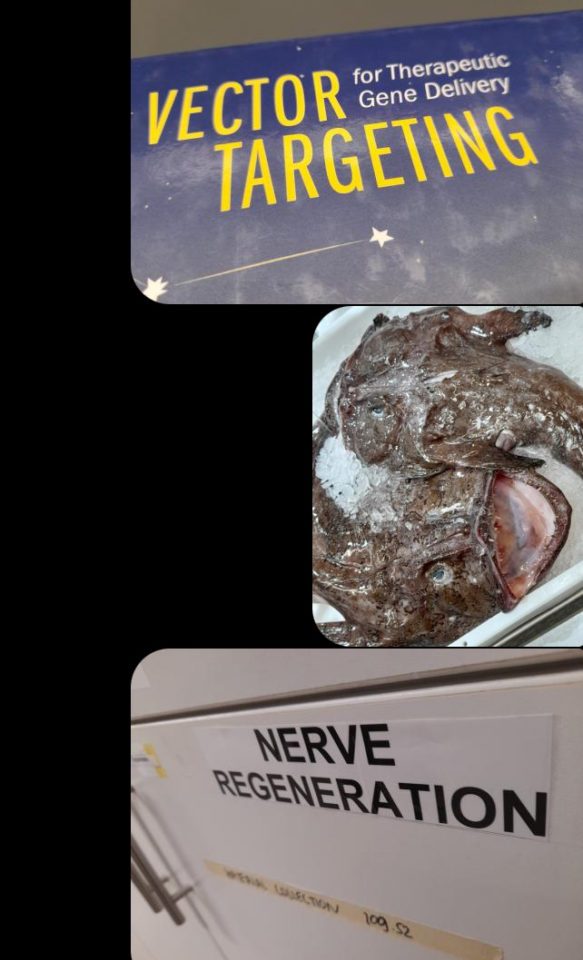There are various diseases that are kept live in the animal facility and some of the labs. Some carry diseases are are in their genomes. Transgenic disease model mice have been mutated to have a propensity for diseases like various forms of degenerative disease as well as cancer and diabetes. The most common, chronic and currently incurable neurodegenerative diseases neurologists study most are Alzheimer’s, Multiple Sclerosis, Parkinson’s Disease, Dementia and Huntington’s disease. There are also many less well known diseases that people study, testing so called Orphan Drugs for human clinical trials.

“Orphan drugs” are pharmaceuticals intended for diagnosis, prevention or treatment of chronic, deadly or serious diseases or disorders that are rare. People with rare and incurable diseases make very good human subject groups in part because their condition is often fairly well defined. These small groups are helpful for experimental clinical trails as the internet has made rare disease networks more globally organized. Often those afflicted want to help, are in touch with each other and the doctors and scientists who work on their rare conditions. There is also a feeling that these patients/clients have nowhere else to go for treatment.
One of the orphan drug development research programs at i3S focuses on rare forms of ataxia or uncontrolled reactive tremors due to Neuronal Disruption Syndrome by working with so called ‘twitcher’ mice. At i3S Nerve Regeneration Lab they study neurodegenerative diseases and regenerative medicine. The research is directed at curing disease, repairing damage. A global goal is also to understanding primordial neurons, how they grow, how they regrow and their interaction with the world, other neurons and the developing body in general. Neurodegenerative disorders can also be caused by brain damage or spinal damage including paralysis and cognitive impairment. Can we help the paraplegiacs, those who are paralysed from the waist down, walk again?
DISEASE
Beyond the barrier for caretakers of the animal facility only, there is a biological level three laboratory (BL3 or ABSL-3). In the BL3 part of the facility they keep live diseases both viral and bacterial as well as potentially contagious, infected or innoculated animals. The diseases are safely stored for experimental use on mice and rats in order to try to find cures for diseases that humans fight to rid ourselves of. Deadly germs and viruses are archived and protected from misuse. I asked for a short list of diseases kept in BL3 containment at i3S. i3S keeps living cultures in cryogenic storage the following: Dengue Fever, Tuberculosis multiple variants of Sars-Cov-2, Serratia and Klebsiella, among others.
Do you trust yourself to be careful with a tube of antibiotic resistant Tuberculosis? Do you even want to work with live Dengue Fever or try to be safe and responsible with Sars-Cov-2 while infecting some mice with a nasal aerator filled with live virus? For most people, life is complicated, morbid and disgusting enough without working on the front line with managing live pathogens safely, giving mice diseases, trying to look for a cure that inevitably leads to mercy killing of mice until the cure is found and dissecting those mice to look, kind of like reading the future in goat entrails, to look for signs of progress.
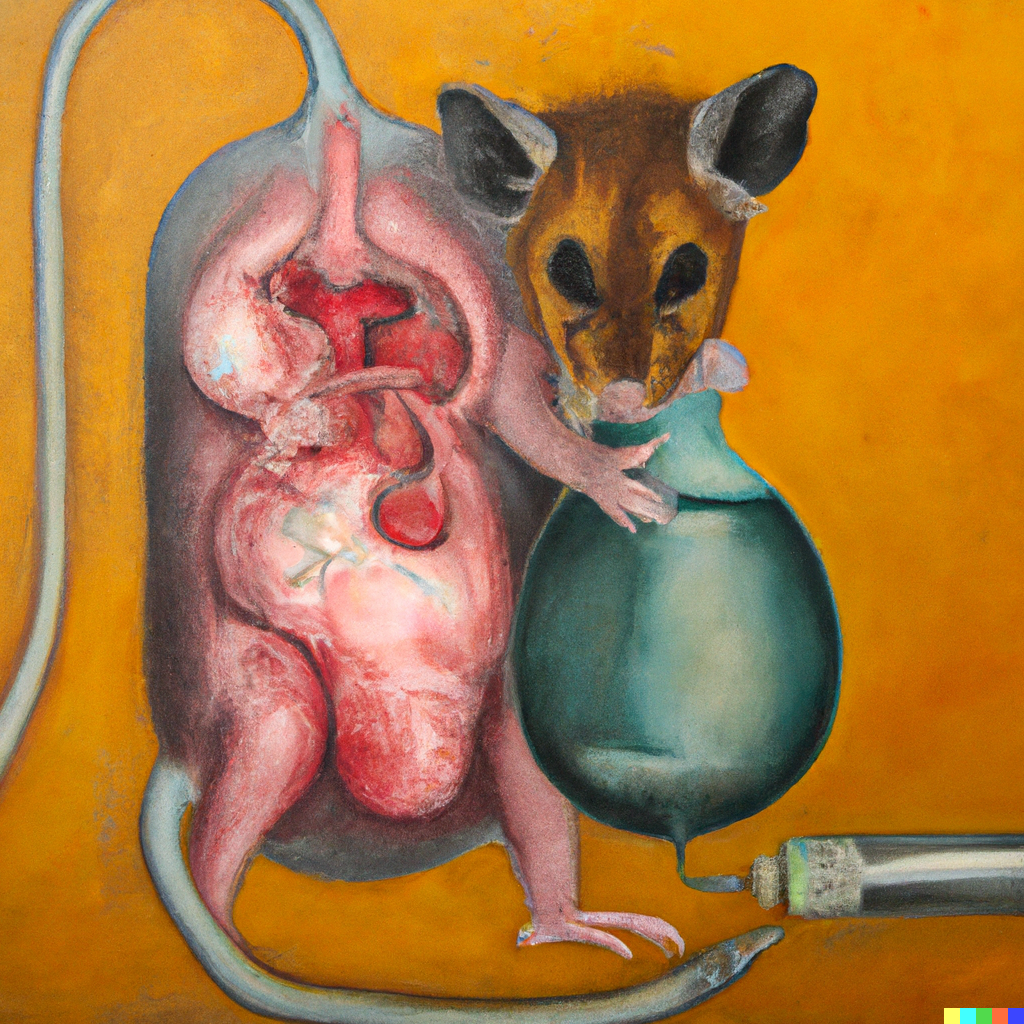
The people working in animal research work with diseases as well. For the most part, they are trying help in the process of curing human disease. Therefore, they are risking their live’s to relieve humanity from pain and suffering. This line of work is not for everyone… the people seem well trained and caring but also able to see that their work has value and that, like any slaughter house, death is a part of life. Organisms do use each other for food, to lay their eggs in or infect and sometimes just as a vehicle or substrate to grow on, ride in or subsist with. And, although it is somewhat disgusting, I support the people who have chosen this vein of work as heartfelt and amazingly strong.
I also know, that if I start to get Parkinson’s or Alzheimer’s, I am going to look for some medication to slow the process, alleviate the symptoms and wait for a cure. If it gets to advanced, i might offer myself as a human subject in a trail for a new drug that might or might not work. I might hope that this is the drug that cures me but it is not desperation that drives you to enter into the hospital as an experimental human subject. There is the knowledge that you are one of many that have to sacrifice to ensure that in the future this disease will be eradicated. Humans can volunteer with informed consent and mice cannot. It doesn’t help that they are considered pests. It doesn’t help that they have no choice. But, they are martyrs for our cause and their sacrifice is an imperfect wager i am willing to accept.
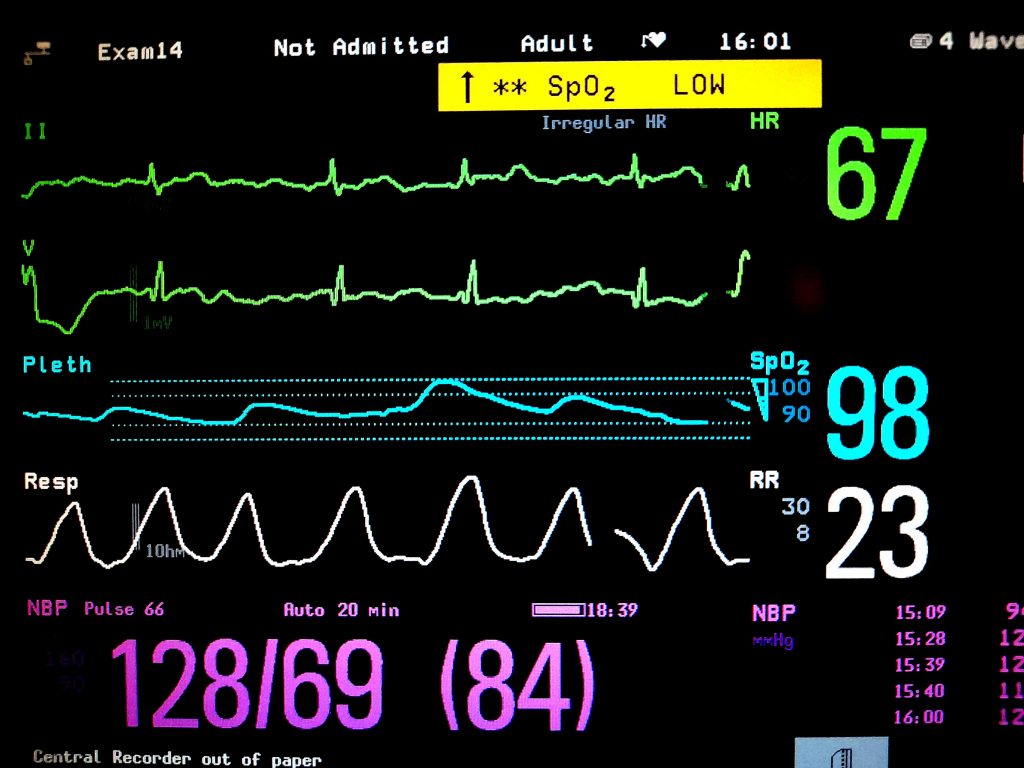
To focus on curing the major incurable human diseases, it is human centric or anthropocentric, yes. It is based on the concept of alleviating human pain, extending the human life span and bringing cures for suffering. I actually believe in animal research for fundamental research also known as pure research, curiosity based research and primary research. This is to say that I think exploring life experimentally, including some pain or extinguishment is OK. This is because I think there is more to wonder, ponder, explore and conceptualize about life as a scientific or even as a philosophical exploit than simply how to cure diseases, But, the mice of i3S were subject to proof that the experiments were not for frivolous reasons like testing new shampoos fragrances, etc.
i3S works on new medications, chemotherapies, vaccines and other gene therapeutic feats of engineering. The business model is still the only model. Genetic engineering is the most common path towards success in understanding. This is not open science. The community of mind is blocked by patents and the secrecy of Material Transfer Agreements. Environmental toxicology is not funded as well as potentially profitable drug therapies. In Health Science Research there is bias for humans. In Big Pharma research there is bias for afflictions that effect the economy or are market targeted humans with purchase power. Many drugs in the pipeline are to alleviate conditions that could be preventable with a better diet and less sedentary lifestyles. Male impotence is non-medical condition that happens to be a complaint of older men, so it is deemed a lucrative disease to cure. It’s never simple, the ethics of eating, consuming, excreting, caring, killing, humping, witnessing unto death.

In general this is a long and accurate prelude to some of the difficult moments in immersive field work, participatory observation for art as research purposes in an Animal Facility of a Biomedical Institution can lead you to some intense moments. The ends do not always justify the means but here is some of what I observed and, when legally allowable, engaged actively to understand first hand what these acts are.
EUTHANASIA
For the animals of the laboratory facility, there is no exit, it is a one way street. You are born and you die in the facility. You will never see the sun. You will not die of old age. You are on death row from birth.

Euthanasia translates from the Greek: εὐθανασία ‘good death’: εὖ, eu ‘well, good’ + θάνατος, thanatos ‘death’). We know also that thanatos is in a relationship with eros, both diametrically opposed and deeply entwined. The word Euthanasia carries over into human affairs in the area of execution pertaining to issues of capital punishment and mercy killing or the allowing to die of the chronically ill, painfully incapacitated or the willfully persuasive. Also known as assisted suicide, physician-assisted death, physician-assisted suicide, this are other uses of the word euthanasia. The secularization and humanizing of pain and death rely on reason to eliminate as much suffering as possible emphasizing painlessness and speed as the most efficient and loving way to kill another being. After a long history of public human sacrifice and religious torture death, aside from the barely followed rules of war, killing with mercy, painlessly and fast also has a checkered past due to the mirroring of this philosophy in the choice of poison gas in the concentration camps. Zyklon-B cyanide was chosen as a chemical weapon and extermination method partially for the care administered in a state of the art Fordist factory of automated routine extermination. This was considered a good death and the gypsies, jews, communists, queers, mutants and defect humans were considered at the time to be euthanized. Euthanasia is fast as can be affordable, cruel in a detached and efficient way and it is still murder. As we can see Euthanasia has a strange relationship to Eugenics which translates from Ancient Greek as εύ̃ (eû) ‘good, well’, and -γενής (genḗs) ‘come into being, growing’. Eugenic application of euthanasia implies human sacrifice of bad breeds for good breeding of future healthy humans. All this attention to goodness has belied a program of heartless, snotty, judgment and cost human biodiversity some painful reductions. This takes us to the alpha and the omega of mercy killing: capital punishment or execution of caustic humans, the turning off of life support or medical assisted euthanizing for chronically ill people who want to die or are unconsious but have a living will and abortion for the women who don’t want to be mothers. I am not just pro-choice, I am pro-abortion. But, if meat is murder, lab animal sacrifice is murder and capital punishment is murder how are abortion and assisted suicide not included as causes for debate?
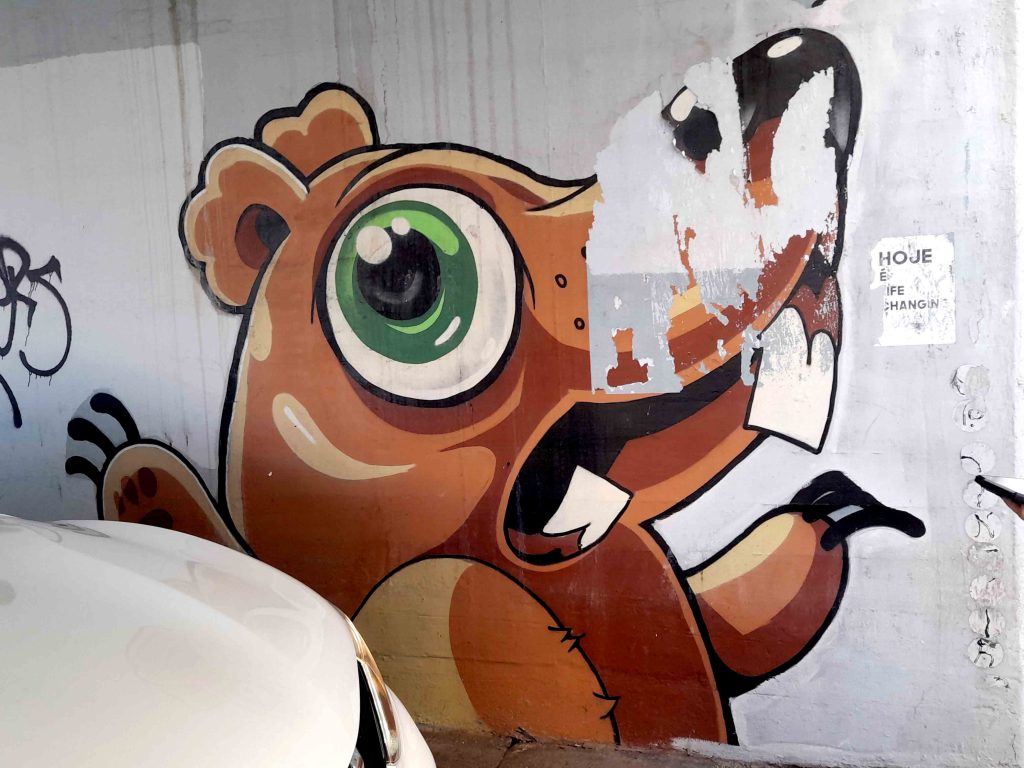
The methods of euthanasia for lab mice and rats are gas chamber, neck breaking and for adult rats, the guillotine. Different euthanasia providers choose gas chamber over cervical dislocation (neck breaking) for different reasons. It may be for efficiency like time management or preference for using one’s hands or the use of a less personal plexiglass box. But, depending on which method the animal repro-worker prefers, they will insist that their way is more painless. Animals are euthanized after procedures and often before procedures. This is patially because there is an economy tasked of the researchers and technicians. You are supposed to follow the three Rs: Reduce, Reuse, Replace. If you can run the experiment without live animals, that experiment should be replaced with tissue culture or computational/statistical emulations. You can ask an institutional review board for the use of a certain number of animals for an experiment. But the number should be neither too high nor too low. If it is too low the experiment may have to be repeated, more than doubling the number of animals used in the experiment. If you can reuse a part of the animal that is ok, even for bioartists. Reuse is respect for the animal’s sacrifice as it better to not under utilize the ones you snuff. But reuse usually occurs after the animal is dead. Of course, you can not usually utilize Biological Safety Level 3 and 4 animal corpses as they are legally bound for the incinerator.
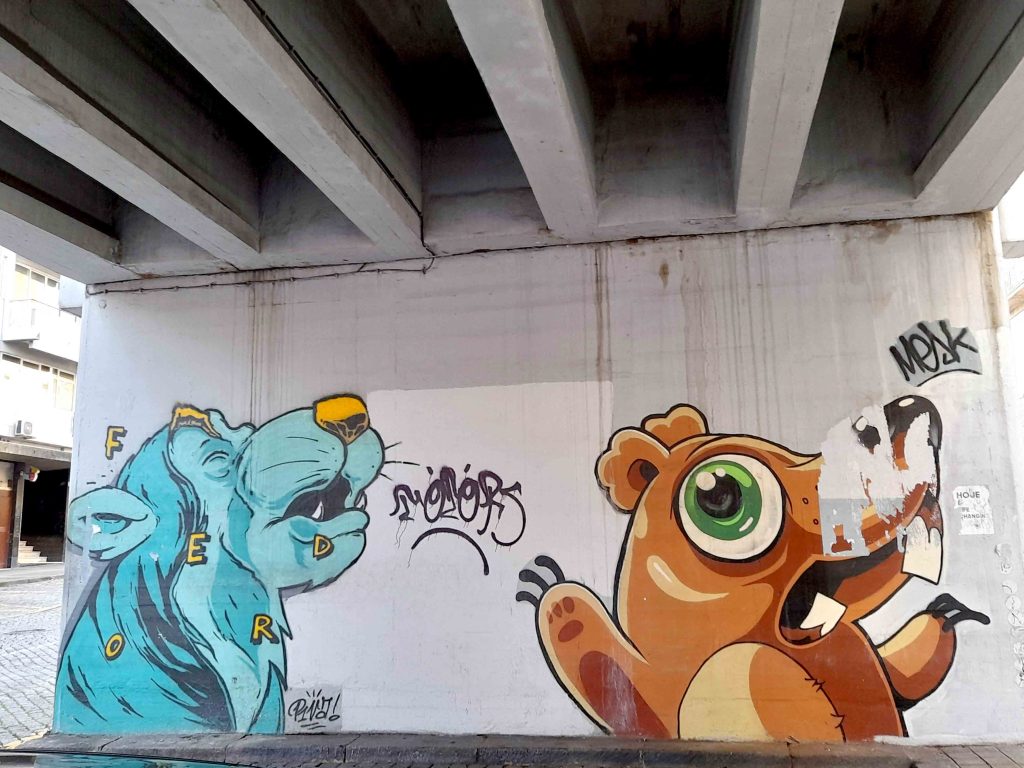
Reasons for sacrificing an animal are a bit unusual. To get Eggs, to get sperm, to get embryos, to dissect out parts for any of these procedures, the whole animal is sacrificed. I think there is no reason to do vivisection and let an animal heal from removal of ovaries for eggs or testicles for sperm or cesarean section for embryos or other parts for other things. The point is that they are used once and after death unless otherwise needed to be kept alive. The death itself is a sort of pain killer. The dead feel no pain. The single use animal rule seems a bit ruthless but it is a way of economizing pain and suffering. It might be better to be dead than dissected. Desensitization and compartmentalization of emotions do occur but for some, myself included, it does not ever become easy. In particular, the killing of the pregnant mothers in order to harvest their embryos from their fresh dead body can be a little traumatic. The reason for killing a timed pregnant mother before birth is two fold. Firstly, you want the embryos before they are born as they are considered to have special powers of proliferation, they aid in the study of stem cell and early organoid development, they divide more times than adult cell lines and they are they are pluriotent, i.e. not completely differentiated (so you can guide their cell lines down more flexible pathways without having to reverse engineer their confirmed genomic identity.) If you want the embryos before they are born, then the mother is a single use transgenic mouse embryo factory and must be eliminated to not feel the pain of her still living embryos being removed from her uterus. Game over, this is the life of the programmed mouse. The other reason kill the timed pregnant donor female foster mother before she gives birth to a litter of pups is to reduce unnecessary animal research. When the pups of a litter are born, they become animals and then you need a committee to approve their experimental use. If you perform a cesarean section on a fresh dead donor female foster mother, the embryos are not yet animals and so their dissection and disposal is performed on pre.animals or pre.organisms. The legal status of a mouse embryo is virtually non-existent.
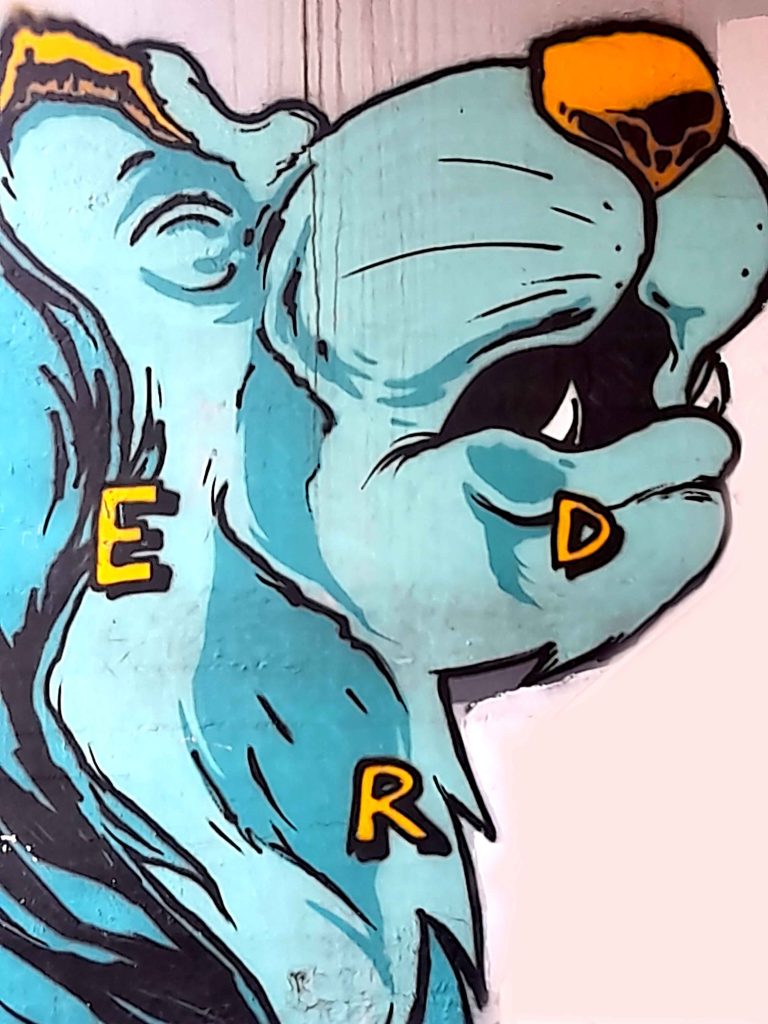
Does the Search for a Cure for Diseases Imply that Animal Euthanizing is ethically worthy?
As a bioartist I often joke about the use of curing disease as an excuse for doing almost anything to almost any body. Generally this is to doubt bigPharma, revealing bias in both methods and tunnel vision about possible cures. For instance, not all disease is predominantly curable through genomics, doctors do not usually prescribe environmental toxicology maps for oncology patients to know where they live and where they are on the cancer maps and human subjects for trials are not paid but the drug pipeline runs on cash flow, greed and competition that can be corrupt, fanciful and deluded. Generally when I hear about research and disease in the same sentence i tend to think the disease is mentioned as a scare tactic to legitimize biotech funding and the commercialization of health.
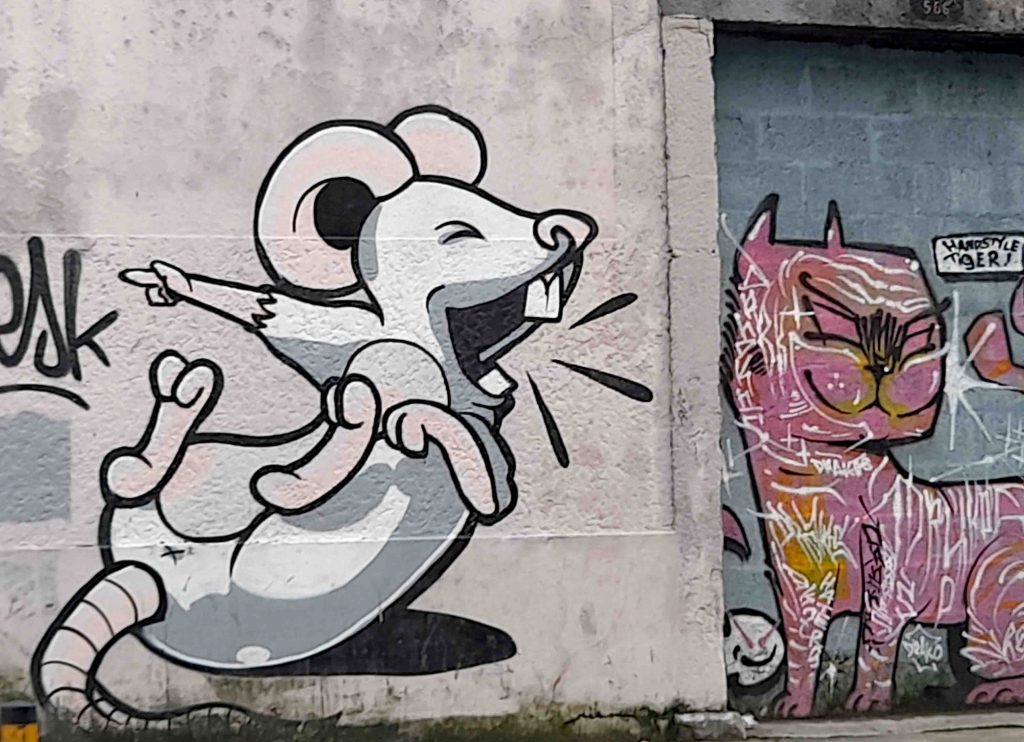

That all being true, criticality is a many splendored thing. That is why I join disease politics and euthanasia intertwined even with cognitive dissonance. It is also why I give sincere compliments to the humans and non-humans who risk, sacrifice and put up with some thankless pain to understand the human condition, heal if possible and plod into the taboo and unexplored visceralities to glean what we can from a mysterious universe of mortal ruin and repro cyclical negentropy. Besides, bioart often asks for ethical review to do similar acts on non-vertebrate and vertebrate lifeforms, including humans and human embryos for more cosmetic, venal, kitsch and vacant aesthetics than increasing the human lifespan or making degenerative diseases obsolete. The fatal condition of simply being alive does have to be accepted a bit more in public. This is a one way ride. No one gets out alive.
“SLAUGHTERHOUSE – The slaughterhouse is linked to religion in so far as the temples of bygone eras (not to mention those of the Hindus in our own day) served two purposes: they were both for prayer and for killing. … In our own time, nevertheless, the slaughter house is cursed and quarantined like a plague ridden ship. Now, the victims of this curse are neither butchers or beasts, but those same good folk who countenance, by now, only their own unseemliness, an unseemliness commensurate with an unhealthy need of cleanliness, with irascible meanness, and boredom. The curse (terrifying only to those who utter it) leads them to vegetate as far as possible from the slaughterhouse, to exile themselves, out of propriety, to a flabby world in which nothing fearful remains and in which, subject to the ineradicable obsession of shame, they are reduced to eating cheese.”
Atlas Archive, Documents of the Avant Guarde, Number 3, George Bataille and Acephale, Series Editors: Alastair Bootchie, Malcolm Green, Anthony Melville, Terry Hale, Chris Allen, Atlas Press, 1995, pg 72-73
Perhaps the animal facility is a religious charnel house, a converted temple of humane sacrifice, made more powerful by being an underground slaughterhouse, a sacred profanity, a public secret, a clean an regulated bureaucratic space, both cursed and quarantined and yet, leaving room for rituals and sympathetic magic: including our pharmacological and vaccine based prophylaxes in development and testing. But this of holy animal and human sacrifice has cursed sociality with clean, safe, deathless space. I am happy to help open the carnal essence of slaughter in prayer and life science in another light, not merely devout scientism, not the sentimental curse of visceral denialism. Bioart is instead that dirty little access point to Battaille’s door beyond the proper, where science and ritual meet in the slaughterhouse, formless but not flabby, transferring the accursed share through a timeless network of rivulets, blood and honey, erotisms and excesses.
I am in awe of the research even if I see through the merely allopathic couching of the work and the OCD clean, monomania that focuses on the genetic origin of everything. I want a more pleasant ride for the next generations, I have never had tetanus or small pox. Regenerative may someday include cures for diseases that suck. And, actually, I am a proponent of genetically altering the germline to include people who are covered in gummy scales, have tentacles and radial hippocampii! Blood tryst artsci, decenter the aesthetic of perfection and enhancement and favor some of the queer and novelty based biodiverse alt-aesthetics. Fringe biological or even bioart projects may be the cure for hereditary banality. We don’t want the human species to succumb to extinction by banality. This is also a painful way to go. Equal funding for depth biological art as research. All this very important and serious research is worth the pain and death of informed and consenting human subjects and research animals as well as the traumatic lifestyles of the practicing medical/research professionals. Mad love to your fetishistic ritual dedication to the abject, carnal anatomies and sacrificial rites!


